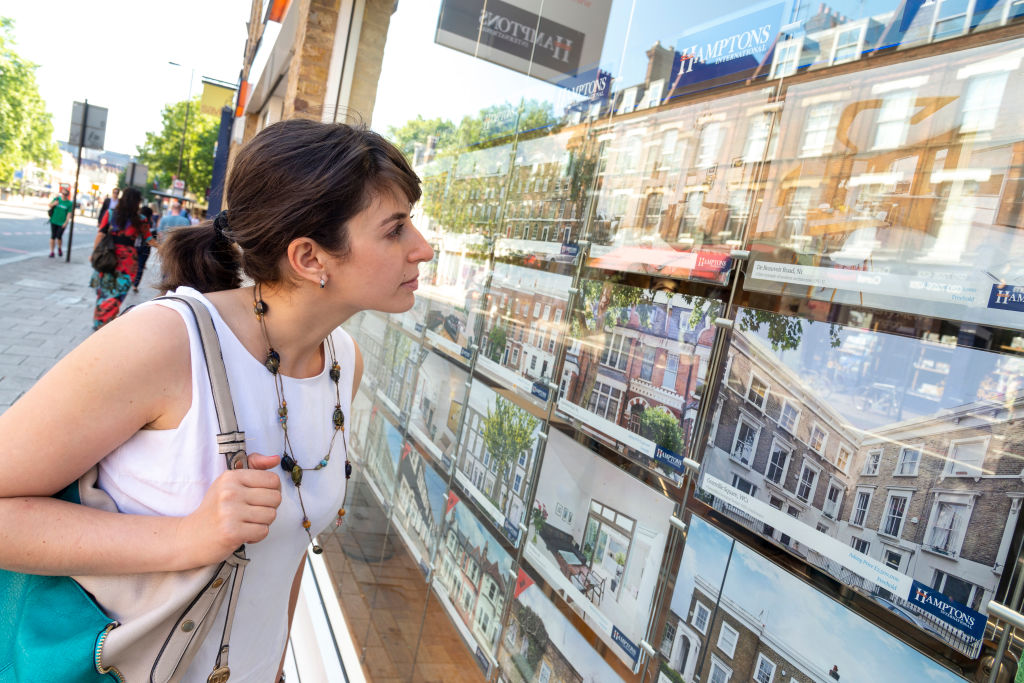First-time buyers hoping to complete the purchase of their first home in 2017 will be able to apply for their 5 per cent tax rebate as early as January 3rd, the Revenue Commissioners have said.
But with the launch date rapidly approachly, putative property buyers should start doing their homework now.
After all, following the Central Bank’s decision last week to remove the loan-to-value cap of €220,000, and allow all first-time buyers to purchase a property with a deposit of 10 per cent, the attractiveness of the scheme has just risen even more.
Indeed, it now means that a first-time buyer looking to purchase a new property valued at €300,000 will need to come up with a deposit of €15,000 themselves, compared with €38,000 previously. This is because the Government’s help-to-buy scheme will provide a rebate of up to 5 per cent of the purchase price (up to €20,000) upfront, thereby considerably reducing what a FTB must save themselves.
While the scheme has been the subject of attention lately, with some expressing the view that it should not go ahead given the subsequent relaxation in the Central Bank’s mortgage rules, it is now set to launch on January 3rd, and will run until December 31st 2019.
According to the Revenue Commissioners, the online application facility for the scheme will be available on the Revenue website as of January 3rd, “with all the required support and additional information will be provided at that time”.
But this doesn’t mean that if you are interested in purchasing a property next year – or indeed if you have already bought one and are keen to get your rebate back – that you should wait until this date to get prepared; remember, the process will take a bit of time and effort.
Firstly, you must be “fully tax compliant”. For PAYE workers, this means registering for the Revenue’s Myaccount portal, and completing a Form 12 for the four years for which you’re claiming back your tax.
Note from 2013 on you can file this form electronically, but for 2012 you will have to download, fill out, scan, and then submit to the Revenue.
If you’re serious about buying next year it makes sense to start this process now – after all, as the Revenue says, “claims will be subject to normal refund checks and criteria”.
This means that once you file your Form 12, Revenue might identify an overpayment and duly refund you – on the other hand, if you have underpaid tax for any reason, “any outstanding amount will be offset against any refund to be paid” the Revenue says. This means that your help-to-buy rebate may be lower than you expect if Revenue finds an income tax shortfall.
If you’re self-assessed, you will most likely already fulfil this requirement through your annual tax returns.
Secondly, once you have agreed to buy your property, you need to make a claim through the website. This involves uploading information such as a copy of the signed contract; the deposit paid; completion date; details of the developer etc.
You can only do this once you exchange contracts on the property. Remember that developers of new properties typically expect the buyer to put down 10 per cent of the purchase price at this point.
As your help-to-buy rebate won’t have been processed at this stage, it is unclear as of yet as to whether or not developers will accept the promise of a rebate as being sufficient. If not, homebuyers will still have to come up with a deposit of 10 per cent to fulfil the requirements of this stage of the purchase process.
The third part of the process is in the hand of the developer; they will have to submit a significant amount of documentation to the Revenue, including their VAT registration details; up-to-date tax clearance certificates; planning permission details etc. It may be important that you check, ahead of agreeing to purchase a property, that the developer from whom you are buying your property is compliant with the scheme.
Finally, prepare for the process to take some time. Revenue has not given an indication of how long the process should take, but given the number of steps outlined above, it’s possible that there may be delays in fulfilling all the requirements – and securing your 5 per cent rebate.







